Step into Style: How to become a Fashion Designer
Oct 26, 2024

Asal Azimi
If you have an artistic mindset and are drawn to a career in the fashion industry, becoming a fashion designer could be the perfect opportunity for you.
Fashion design is more than just a job; it’s a creative expression that blends imagination, technical know-how, and a sharp sense of current trends. But: Making it as a successful fashion designer takes more than just a passion for style.
In this article, we’ll dive into the key steps to help you make your dreams a reality. We’ll cover everything from developing your skills and getting the right education to crafting an impressive portfolio and grasping the industry dynamics. Just keep reading!
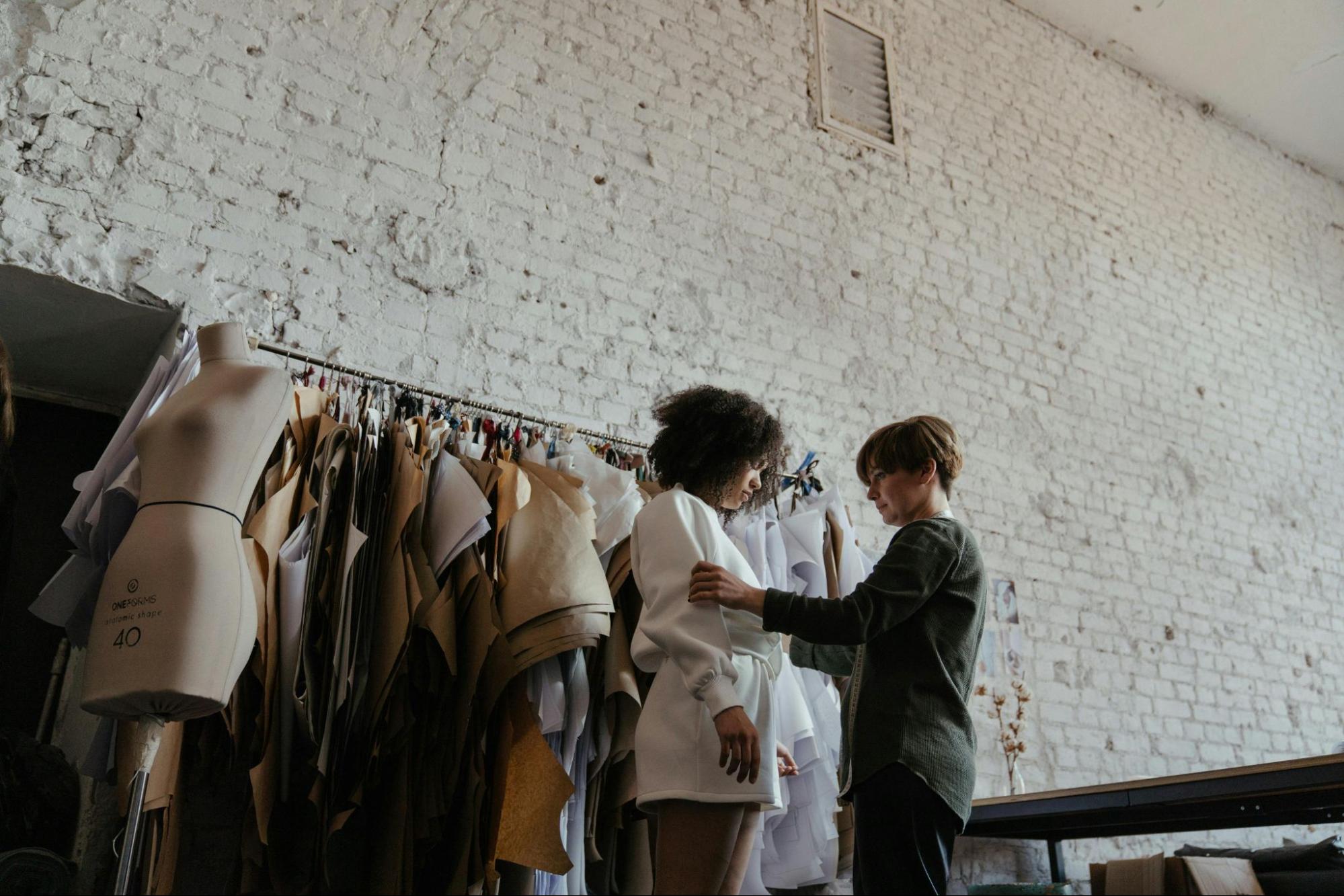
What exactly does a Fashion Designer do?
A fashion designer’s mission is to breathe life into fabric, transforming ideas and inspirations into “wearable art”.
They blend current trends with their unique vision to create collections that not only reflect style but also resonate with people. Through their work, they aim to tell a story, making fashion an expression of individuality and creativity for everyone. Whether it’s a high-fashion runway piece or everyday wear, each design is an opportunity to convey emotion and identity.
Ultimately, a fashion creator plays a crucial role in shaping how people perceive and engage with the world through clothing, making fashion a powerful medium for self-expression.
Essential Skills
A fashion designer embodies a blend of roles: he is an artist, a strategist, and a storyteller. Being skilled as a technician in garment construction, he also works with suppliers and artistic directors. Balancing creativity with practicality, fashion designers adapt designs based on feedback while shaping the world of fashion.
From the initial spark of inspiration to the finished product, a fashion designer’s mission is often a long journey that requires many essential skills. Here is a list that outlines the most essential ones:
Creative Skills
Sketching: Ability to visually communicate ideas through detailed drawings and illustrations, bringing concepts to life.
Color Theory: Understanding of color relationships and how to effectively combine hues to evoke emotions and create aesthetic appeal in collections.
Trend Analysis: Capability to identify and interpret emerging fashion trends to stay ahead in a competitive market.
Technical Skills
Sewing: Proficiency in various sewing techniques to create high-quality garments, including knowledge of different stitches and finishes.
Pattern Making: Skill in creating patterns that serve as templates for garments, ensuring proper fit and design execution.
Textile Knowledge: Familiarity with different fabrics, their properties, and how they behave during construction and wear.
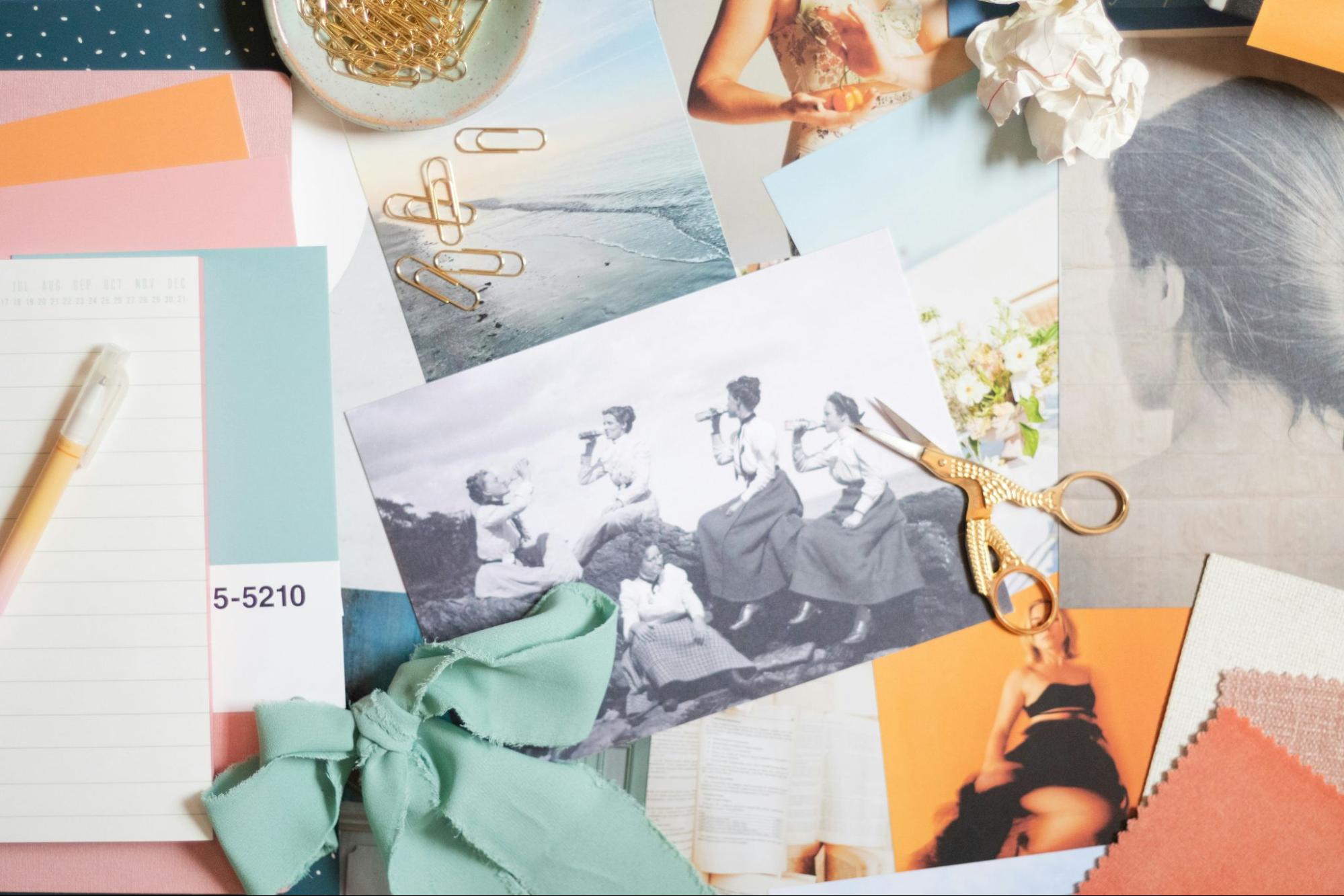
Business Skills
Marketing: Understanding of strategies to promote collections and engage target audiences through social media, advertising, and public relations.
Branding: Ability to develop a unique brand identity, including logo design and brand messaging, that resonates with consumers and differentiates from competitors.
Financial Expertise: Knowledge of budgeting, pricing strategies, and cost management to ensure profitability and sustainability in the fashion business.
But: In the competitive world of fashion design, technical skills alone aren’t enough to ensure success; soft skills are equally vital.
Since Designers must collaborate with a diverse range of individuals, including pattern makers, manufacturers, and marketing teams, effective communication and teamwork are essential.
These interpersonal abilities enable designers to navigate the complexities of the industry, articulating their vision while adapting to ever-changing trends. Ultimately, strong soft skills are crucial for fostering productive relationships and achieving long-term success in fashion.
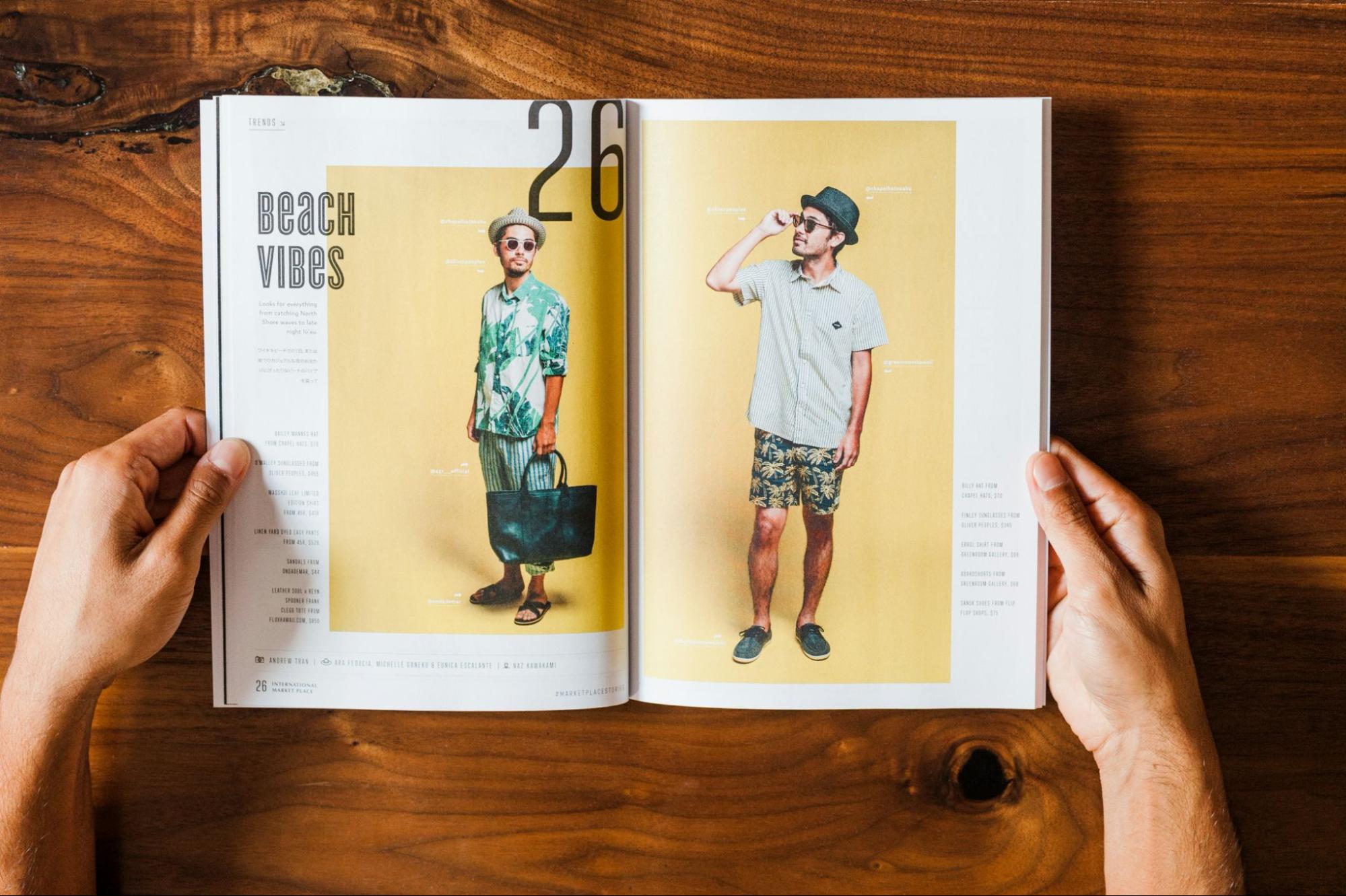
Salary Expectations: How much do Fashion Designers earn?
Fashion designers' earnings can differ significantly due to various factors, including their level of experience, geographical location, and the particular segment of the industry in which they are employed.
Moreover, freelance designers may experience fluctuating incomes based on the volume of clients and projects they undertake. While there is considerable potential for substantial earnings, numerous factors play a role in determining a fashion designer's salary throughout their professional journey.
Recent statistics indicate that entry-level designers typically earn between $40,000 and $60,000 per year, whereas those with several years of experience may see their salaries increase to a range of $60,000 to $90,000.
Designers who are well-established, particularly those affiliated with renowned fashion houses or who have developed a successful personal brand, can expect much higher salaries, often surpassing $100,000 and potentially reaching six figures.
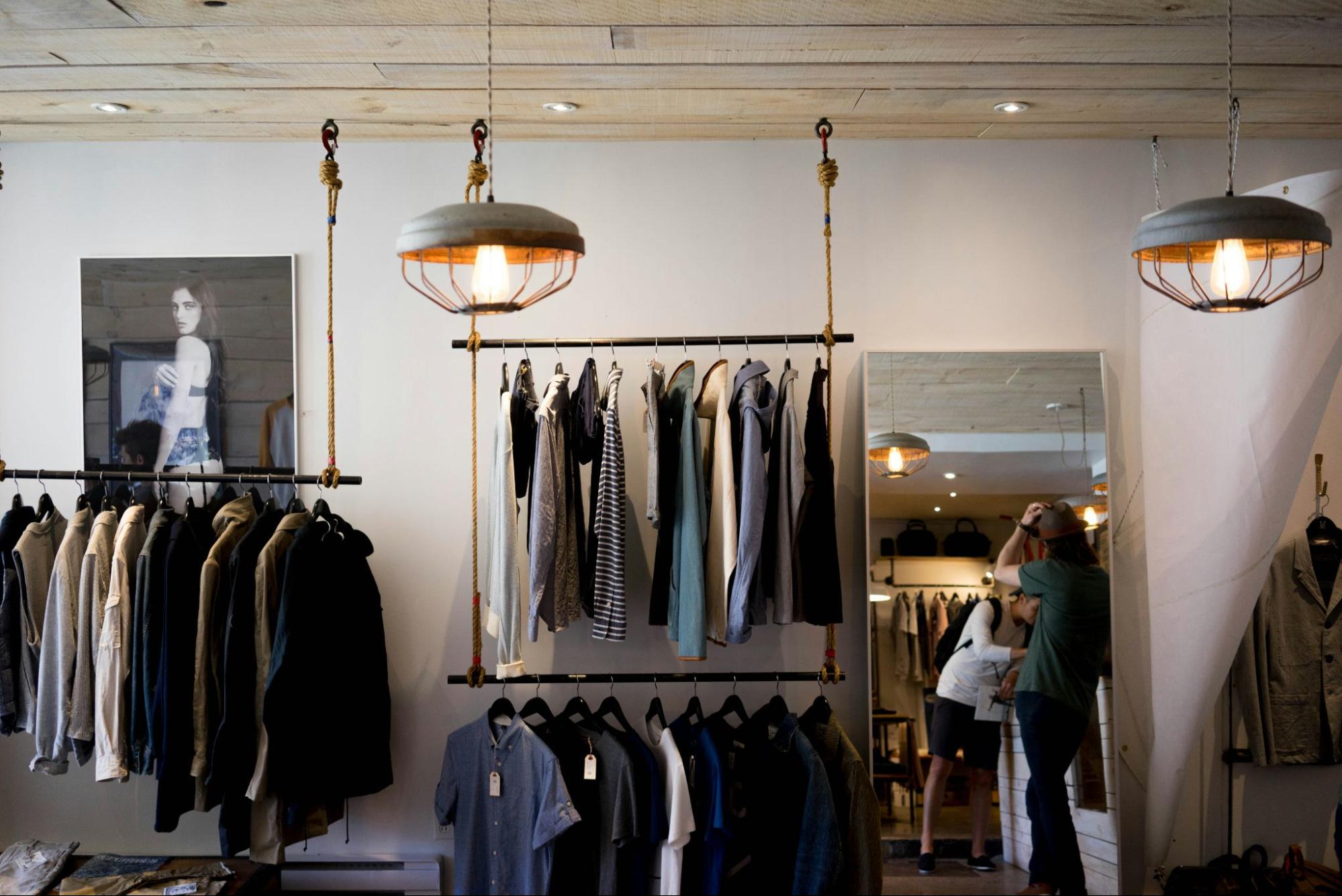
Fashion Designer or Stylist - What’s the difference?
The roles of a fashion designer and a stylist, while interconnected, serve distinct purposes that contribute significantly to the overall aesthetic and presentation of clothing.
A fashion designer is responsible for creating original garments and accessories, focusing on aspects such as design, construction, and the overall aesthetic. They conceptualize collections and translate their ideas into tangible products that reflect their unique vision.
In contrast, a fashion stylist curates and arranges outfits from various designers, emphasizing how clothing is presented for photoshoots, events, or individual clients. Their role involves creating cohesive looks that resonate with specific themes or styles, ensuring that the garments are showcased effectively.
Together, these roles are complementary, as designers bring their creative visions to life through their designs, while stylists enhance the presentation of those creations, effectively showcasing fashion to engage and inspire audiences.
Educational Paths: Degrees and Courses
Educational paths in fashion design typically include degrees from accredited institutions, such as bachelor's programs in fashion design, fashion merchandising, or textile design.
Many schools offer specialized courses in areas like pattern making, draping, and fashion illustration, providing hands-on experience alongside theoretical knowledge.
Additionally, internships and workshops are often encouraged, giving students valuable industry exposure and networking opportunities to kickstart their careers in the competitive fashion world.
Launching Your Fashion Design Journey Through Sketching
Kick off your journey as a fashion designer by filling up a sketchbook with your fashion illustrations. A lot of college fashion programs ask for a portfolio showcasing your original designs that reflect your unique artistic vision.
While you'll sharpen your technical and creative skills during your studies, those early sketches can really highlight your potential and showcase your ideas.
As you dive into creating fashion sketches, start by learning to draw basic model figures that will serve as the foundation for your clothing and accessories. These figures are usually simple and stylized, making it easier for you to make them quickly and focus on the outfits. From there, experiment with various silhouettes, necklines, and styles to help you hone in on your personal aesthetic.
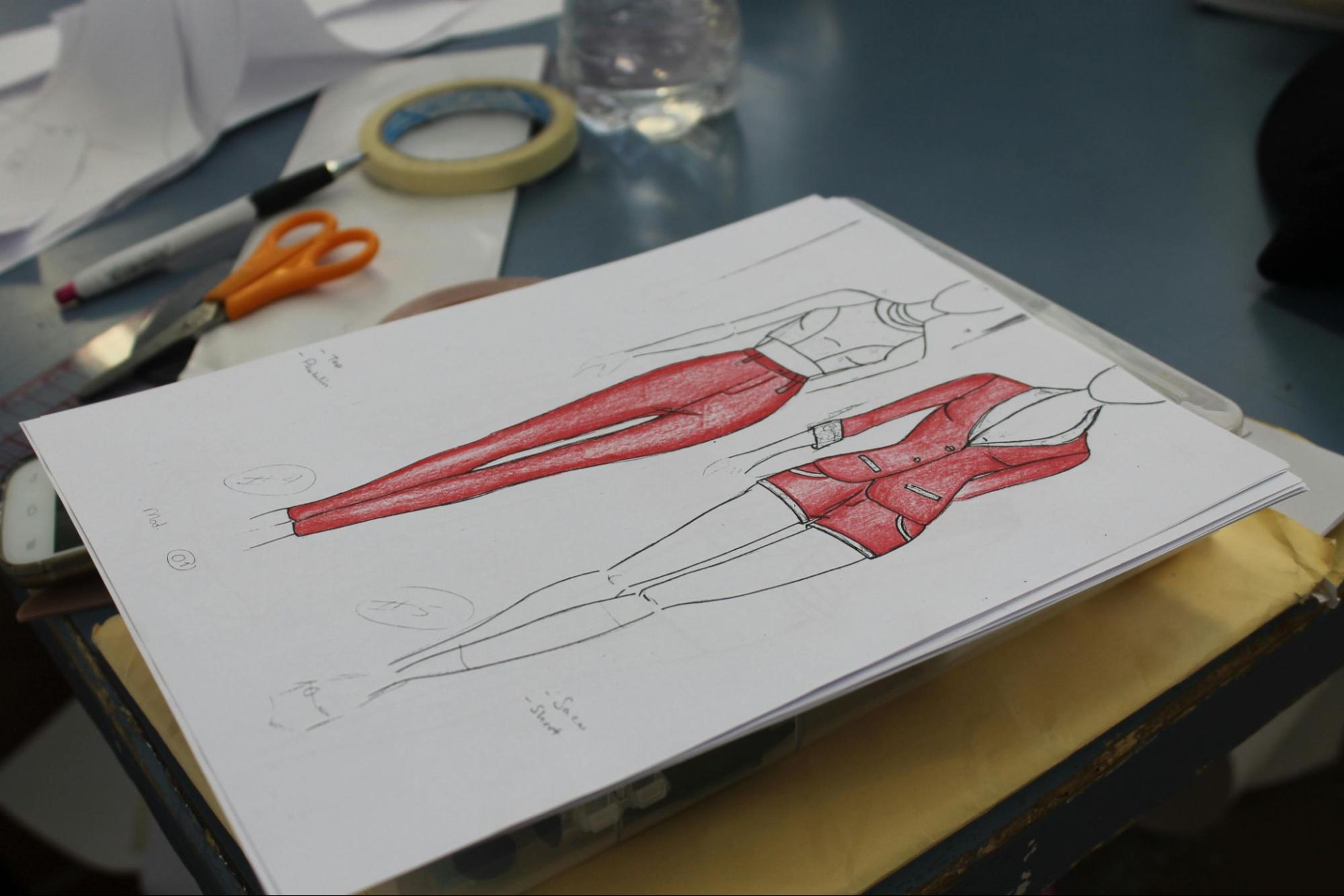
Alternative paths: How to become a self-taught Fashion Designer
Thanks to advancements in technology and greater access to expertise, aspiring fashion designers no longer need a traditional degree to succeed.
Online resources, such as tutorials and courses, allow self-taught designers to acquire essential skills at their own pace. Social media platforms also enable them to showcase their work, connect with mentors, and stay updated on industry trends.

This shift has created opportunities for autodidacts to build successful careers based on talent and creativity, proving that passion and determination can rival formal education in the fashion world.
Aspiring designers can also gain practical experience by experimenting with their own designs, creating a portfolio of work to showcase their talent.
Networking within the fashion community, attending local events, and seeking mentorship from industry professionals can further enhance their knowledge and opportunities. With enough dedication and resourcefulness, self-taught designers can carve out a successful career without the need of a traditional education or degree.
Can Fashion designers be self-employed?
While a significant number of designers are employed by manufacturers of clothing, footwear, or accessories, there are those who choose to establish their own clothing brands.
This path includes the creation, production, and marketing of unique designs. Additionally, some designers engage in freelance work, taking on temporary contracts with fashion firms to create products that align with specific requirements.
Building a Fashion Design Portfolio That Stands Out
Creating a standout fashion portfolio is essential for showcasing your unique style and skills to potential employers and clients. Start by curating a selection of your best work, including sketches, finished garments, and design concepts that reflect your artistic vision.
💡Tip: Before creating your portfolio, dive into the sketches and collections of fashion designers you admire, and consider developing a fashion mood board to visually capture your inspirations and ideas. This will help refine your artistic vision, establish your brand identity, and provide valuable insights into popular silhouettes and design trends
Key Elements for a Memorable Fashion Portfolio
Curate Your Best Work: Select a diverse range of your top projects that showcase your skills and creativity.
Use High-Quality Images: Ensure all photos are clear and well-lit to highlight the details of your designs.
Include a Personal Bio: Write a brief bio that shares your background, influences, and goals in the fashion industry.
Tell a Story: Provide context for your designs, explaining the inspiration and creative process behind each piece.
Showcase Versatility: Include various styles and types of projects, such as ready-to-wear, couture, and sustainable designs.
Maintain a Cohesive Theme: Ensure your portfolio has a consistent look and feel that reflects your personal brand.
Keep it Organized: Arrange your work logically, making it easy for viewers to navigate through your portfolio.
Make it Accessible: Create a digital version of your portfolio that can be easily shared and accessed online.
Update Regularly: Refresh your portfolio frequently to include new work and keep it relevant to current trends.
Networking Tips for Aspiring Fashion Designers
Building Connections
Building connections in the fashion industry is essential for aspiring designers. Start by reaching out to classmates, instructors, and industry professionals you meet during your studies.
Attend workshops and local design meetups to expand your network and engage with others who share your passion.
👉 Don’t hesitate to ask for informational interviews or mentorship opportunities, as many established designers are eager to share their experiences and insights. Building genuine relationships through these conversations can provide invaluable guidance and open doors to internships or job placements.
Remember: Networking is about quality, not just quantity. This is why you should focus on meaningful connections that can support your growth in the fashion world.
Attending Fashion Shows and Events
Attending fashion shows and industry events is a great way to immerse yourself in the fashion world and make valuable connections. Whether it’s a major fashion week, a local exhibition, or a pop-up event, these gatherings provide opportunities to meet designers, buyers, and fashion influencers.
Make sure to engage in conversations, exchange business cards, and follow up with those you meet to keep these connections over time. Being present at these events also allows you to stay updated on trends and industry shifts.
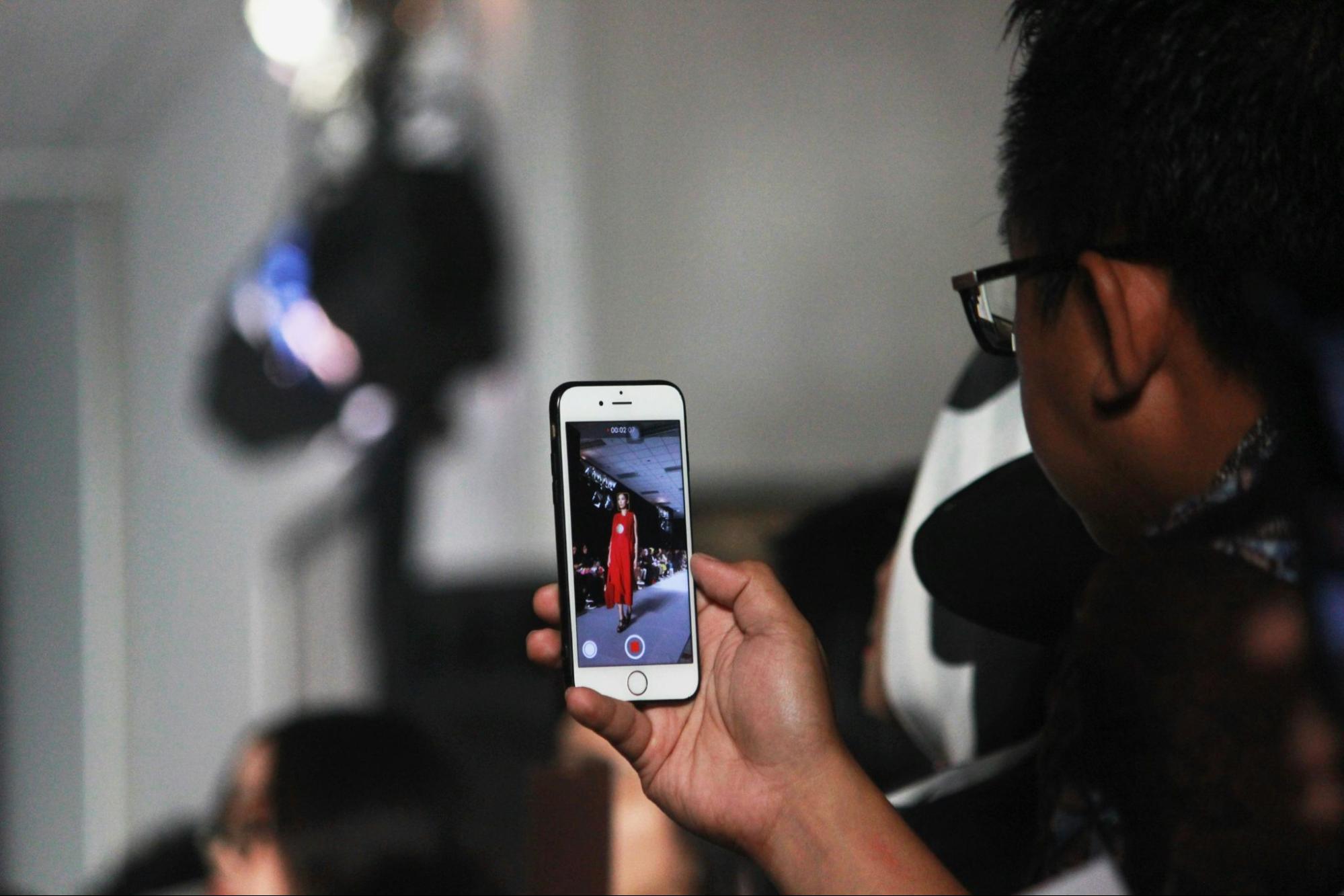
Using Social Media
Social media platforms, particularly Instagram and LinkedIn, have become powerful tools for networking in the fashion industry. Use Instagram to showcase your work, engage with other designers, and connect with brands and influencers. Follow industry leaders and participate in discussions to increase your visibility.
On LinkedIn, create a professional profile that highlights your skills and experiences, and actively engage with posts related to fashion design. Joining fashion-focused groups and forums can also help you connect with like-minded individuals and expand your professional network.
Keeping an eye on Fashion Trends
Staying updated on fashion trends is crucial for aspiring designers, as it helps you understand consumer preferences and create designs that truly resonate in the marketplace.
Here’s why watching trends is so important:
It helps identify consumer preferences and popular styles
It informs design decisions and enhances market relevance
It strengthens your appeal to potential employers and clients
and allows for innovation while staying grounded in current trends
Resources for Staying Updated
Fashion Magazines: Vogue, Harper's Bazaar, Elle for curated trends
Fashion Blogs: Follow influential bloggers for unique insights and styles
Social Media: Use platforms like Pinterest, Instagram and TikTok to track real-time trends
Trend Forecasting Services: Consider resources like WGSN for professional forecasts
👀 There's also a simpler but effective way to watch trends: Just grab a coffee at a café and do some people-watching in your city!
Checking out stylish locals can be quite inspiring, giving you fresh perspectives on street styles and everyday trends. It’s a great way to discover unique looks and might lead to interesting yet unexpected insights.
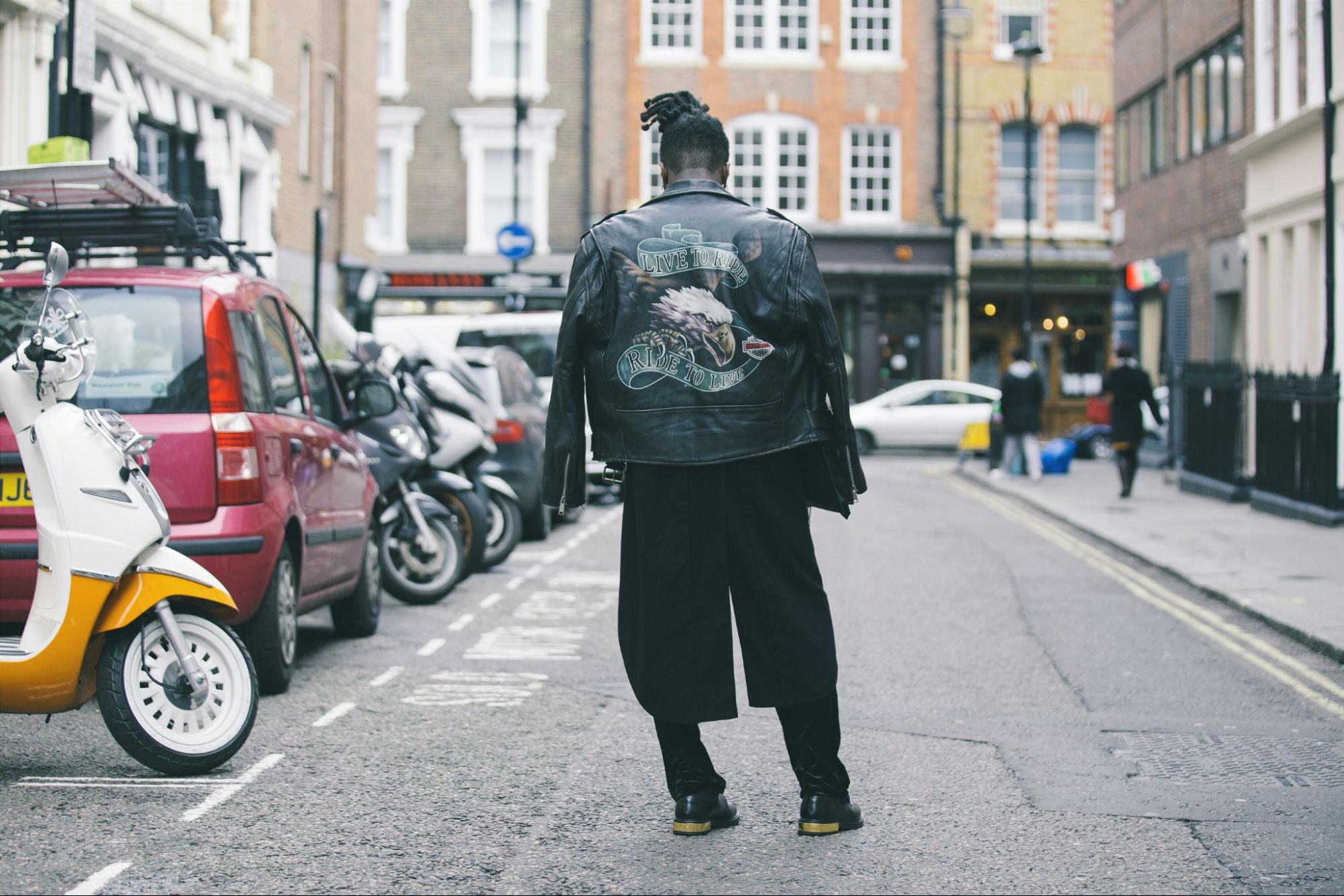
How to Develop Your Unique Fashion Style
Finding your place in the industry can be easier if you focus on a specific niche. This approach allows you to differentiate yourself in a competitive market and develop a dedicated audience for your creations.
For instance, you could specialize in luxury women's apparel, high-end accessories, shoes, or street wear. By picking a particular design niche, you can either establish your brand as an independent fashion designer or attract employers who appreciate your unique talents.
🌰In a nutshell: Pursuing a career as a fashion designer involves a mix of creativity, technical know-how, and a solid grasp of the fashion world.
By nurturing your artistic ideas, refining your skills through education and practical experience, and establishing a good network, you can successfully maneuver through the competitive fashion scene.
Keep in mind that determination and enthusiasm are key; embrace your distinct style and allow your personality to stand out as you begin this adventure!
If you have an artistic mindset and are drawn to a career in the fashion industry, becoming a fashion designer could be the perfect opportunity for you.
Fashion design is more than just a job; it’s a creative expression that blends imagination, technical know-how, and a sharp sense of current trends. But: Making it as a successful fashion designer takes more than just a passion for style.
In this article, we’ll dive into the key steps to help you make your dreams a reality. We’ll cover everything from developing your skills and getting the right education to crafting an impressive portfolio and grasping the industry dynamics. Just keep reading!

What exactly does a Fashion Designer do?
A fashion designer’s mission is to breathe life into fabric, transforming ideas and inspirations into “wearable art”.
They blend current trends with their unique vision to create collections that not only reflect style but also resonate with people. Through their work, they aim to tell a story, making fashion an expression of individuality and creativity for everyone. Whether it’s a high-fashion runway piece or everyday wear, each design is an opportunity to convey emotion and identity.
Ultimately, a fashion creator plays a crucial role in shaping how people perceive and engage with the world through clothing, making fashion a powerful medium for self-expression.
Essential Skills
A fashion designer embodies a blend of roles: he is an artist, a strategist, and a storyteller. Being skilled as a technician in garment construction, he also works with suppliers and artistic directors. Balancing creativity with practicality, fashion designers adapt designs based on feedback while shaping the world of fashion.
From the initial spark of inspiration to the finished product, a fashion designer’s mission is often a long journey that requires many essential skills. Here is a list that outlines the most essential ones:
Creative Skills
Sketching: Ability to visually communicate ideas through detailed drawings and illustrations, bringing concepts to life.
Color Theory: Understanding of color relationships and how to effectively combine hues to evoke emotions and create aesthetic appeal in collections.
Trend Analysis: Capability to identify and interpret emerging fashion trends to stay ahead in a competitive market.
Technical Skills
Sewing: Proficiency in various sewing techniques to create high-quality garments, including knowledge of different stitches and finishes.
Pattern Making: Skill in creating patterns that serve as templates for garments, ensuring proper fit and design execution.
Textile Knowledge: Familiarity with different fabrics, their properties, and how they behave during construction and wear.

Business Skills
Marketing: Understanding of strategies to promote collections and engage target audiences through social media, advertising, and public relations.
Branding: Ability to develop a unique brand identity, including logo design and brand messaging, that resonates with consumers and differentiates from competitors.
Financial Expertise: Knowledge of budgeting, pricing strategies, and cost management to ensure profitability and sustainability in the fashion business.
But: In the competitive world of fashion design, technical skills alone aren’t enough to ensure success; soft skills are equally vital.
Since Designers must collaborate with a diverse range of individuals, including pattern makers, manufacturers, and marketing teams, effective communication and teamwork are essential.
These interpersonal abilities enable designers to navigate the complexities of the industry, articulating their vision while adapting to ever-changing trends. Ultimately, strong soft skills are crucial for fostering productive relationships and achieving long-term success in fashion.

Salary Expectations: How much do Fashion Designers earn?
Fashion designers' earnings can differ significantly due to various factors, including their level of experience, geographical location, and the particular segment of the industry in which they are employed.
Moreover, freelance designers may experience fluctuating incomes based on the volume of clients and projects they undertake. While there is considerable potential for substantial earnings, numerous factors play a role in determining a fashion designer's salary throughout their professional journey.
Recent statistics indicate that entry-level designers typically earn between $40,000 and $60,000 per year, whereas those with several years of experience may see their salaries increase to a range of $60,000 to $90,000.
Designers who are well-established, particularly those affiliated with renowned fashion houses or who have developed a successful personal brand, can expect much higher salaries, often surpassing $100,000 and potentially reaching six figures.

Fashion Designer or Stylist - What’s the difference?
The roles of a fashion designer and a stylist, while interconnected, serve distinct purposes that contribute significantly to the overall aesthetic and presentation of clothing.
A fashion designer is responsible for creating original garments and accessories, focusing on aspects such as design, construction, and the overall aesthetic. They conceptualize collections and translate their ideas into tangible products that reflect their unique vision.
In contrast, a fashion stylist curates and arranges outfits from various designers, emphasizing how clothing is presented for photoshoots, events, or individual clients. Their role involves creating cohesive looks that resonate with specific themes or styles, ensuring that the garments are showcased effectively.
Together, these roles are complementary, as designers bring their creative visions to life through their designs, while stylists enhance the presentation of those creations, effectively showcasing fashion to engage and inspire audiences.
Educational Paths: Degrees and Courses
Educational paths in fashion design typically include degrees from accredited institutions, such as bachelor's programs in fashion design, fashion merchandising, or textile design.
Many schools offer specialized courses in areas like pattern making, draping, and fashion illustration, providing hands-on experience alongside theoretical knowledge.
Additionally, internships and workshops are often encouraged, giving students valuable industry exposure and networking opportunities to kickstart their careers in the competitive fashion world.
Launching Your Fashion Design Journey Through Sketching
Kick off your journey as a fashion designer by filling up a sketchbook with your fashion illustrations. A lot of college fashion programs ask for a portfolio showcasing your original designs that reflect your unique artistic vision.
While you'll sharpen your technical and creative skills during your studies, those early sketches can really highlight your potential and showcase your ideas.
As you dive into creating fashion sketches, start by learning to draw basic model figures that will serve as the foundation for your clothing and accessories. These figures are usually simple and stylized, making it easier for you to make them quickly and focus on the outfits. From there, experiment with various silhouettes, necklines, and styles to help you hone in on your personal aesthetic.

Alternative paths: How to become a self-taught Fashion Designer
Thanks to advancements in technology and greater access to expertise, aspiring fashion designers no longer need a traditional degree to succeed.
Online resources, such as tutorials and courses, allow self-taught designers to acquire essential skills at their own pace. Social media platforms also enable them to showcase their work, connect with mentors, and stay updated on industry trends.

This shift has created opportunities for autodidacts to build successful careers based on talent and creativity, proving that passion and determination can rival formal education in the fashion world.
Aspiring designers can also gain practical experience by experimenting with their own designs, creating a portfolio of work to showcase their talent.
Networking within the fashion community, attending local events, and seeking mentorship from industry professionals can further enhance their knowledge and opportunities. With enough dedication and resourcefulness, self-taught designers can carve out a successful career without the need of a traditional education or degree.
Can Fashion designers be self-employed?
While a significant number of designers are employed by manufacturers of clothing, footwear, or accessories, there are those who choose to establish their own clothing brands.
This path includes the creation, production, and marketing of unique designs. Additionally, some designers engage in freelance work, taking on temporary contracts with fashion firms to create products that align with specific requirements.
Building a Fashion Design Portfolio That Stands Out
Creating a standout fashion portfolio is essential for showcasing your unique style and skills to potential employers and clients. Start by curating a selection of your best work, including sketches, finished garments, and design concepts that reflect your artistic vision.
💡Tip: Before creating your portfolio, dive into the sketches and collections of fashion designers you admire, and consider developing a fashion mood board to visually capture your inspirations and ideas. This will help refine your artistic vision, establish your brand identity, and provide valuable insights into popular silhouettes and design trends
Key Elements for a Memorable Fashion Portfolio
Curate Your Best Work: Select a diverse range of your top projects that showcase your skills and creativity.
Use High-Quality Images: Ensure all photos are clear and well-lit to highlight the details of your designs.
Include a Personal Bio: Write a brief bio that shares your background, influences, and goals in the fashion industry.
Tell a Story: Provide context for your designs, explaining the inspiration and creative process behind each piece.
Showcase Versatility: Include various styles and types of projects, such as ready-to-wear, couture, and sustainable designs.
Maintain a Cohesive Theme: Ensure your portfolio has a consistent look and feel that reflects your personal brand.
Keep it Organized: Arrange your work logically, making it easy for viewers to navigate through your portfolio.
Make it Accessible: Create a digital version of your portfolio that can be easily shared and accessed online.
Update Regularly: Refresh your portfolio frequently to include new work and keep it relevant to current trends.
Networking Tips for Aspiring Fashion Designers
Building Connections
Building connections in the fashion industry is essential for aspiring designers. Start by reaching out to classmates, instructors, and industry professionals you meet during your studies.
Attend workshops and local design meetups to expand your network and engage with others who share your passion.
👉 Don’t hesitate to ask for informational interviews or mentorship opportunities, as many established designers are eager to share their experiences and insights. Building genuine relationships through these conversations can provide invaluable guidance and open doors to internships or job placements.
Remember: Networking is about quality, not just quantity. This is why you should focus on meaningful connections that can support your growth in the fashion world.
Attending Fashion Shows and Events
Attending fashion shows and industry events is a great way to immerse yourself in the fashion world and make valuable connections. Whether it’s a major fashion week, a local exhibition, or a pop-up event, these gatherings provide opportunities to meet designers, buyers, and fashion influencers.
Make sure to engage in conversations, exchange business cards, and follow up with those you meet to keep these connections over time. Being present at these events also allows you to stay updated on trends and industry shifts.

Using Social Media
Social media platforms, particularly Instagram and LinkedIn, have become powerful tools for networking in the fashion industry. Use Instagram to showcase your work, engage with other designers, and connect with brands and influencers. Follow industry leaders and participate in discussions to increase your visibility.
On LinkedIn, create a professional profile that highlights your skills and experiences, and actively engage with posts related to fashion design. Joining fashion-focused groups and forums can also help you connect with like-minded individuals and expand your professional network.
Keeping an eye on Fashion Trends
Staying updated on fashion trends is crucial for aspiring designers, as it helps you understand consumer preferences and create designs that truly resonate in the marketplace.
Here’s why watching trends is so important:
It helps identify consumer preferences and popular styles
It informs design decisions and enhances market relevance
It strengthens your appeal to potential employers and clients
and allows for innovation while staying grounded in current trends
Resources for Staying Updated
Fashion Magazines: Vogue, Harper's Bazaar, Elle for curated trends
Fashion Blogs: Follow influential bloggers for unique insights and styles
Social Media: Use platforms like Pinterest, Instagram and TikTok to track real-time trends
Trend Forecasting Services: Consider resources like WGSN for professional forecasts
👀 There's also a simpler but effective way to watch trends: Just grab a coffee at a café and do some people-watching in your city!
Checking out stylish locals can be quite inspiring, giving you fresh perspectives on street styles and everyday trends. It’s a great way to discover unique looks and might lead to interesting yet unexpected insights.

How to Develop Your Unique Fashion Style
Finding your place in the industry can be easier if you focus on a specific niche. This approach allows you to differentiate yourself in a competitive market and develop a dedicated audience for your creations.
For instance, you could specialize in luxury women's apparel, high-end accessories, shoes, or street wear. By picking a particular design niche, you can either establish your brand as an independent fashion designer or attract employers who appreciate your unique talents.
🌰In a nutshell: Pursuing a career as a fashion designer involves a mix of creativity, technical know-how, and a solid grasp of the fashion world.
By nurturing your artistic ideas, refining your skills through education and practical experience, and establishing a good network, you can successfully maneuver through the competitive fashion scene.
Keep in mind that determination and enthusiasm are key; embrace your distinct style and allow your personality to stand out as you begin this adventure!
